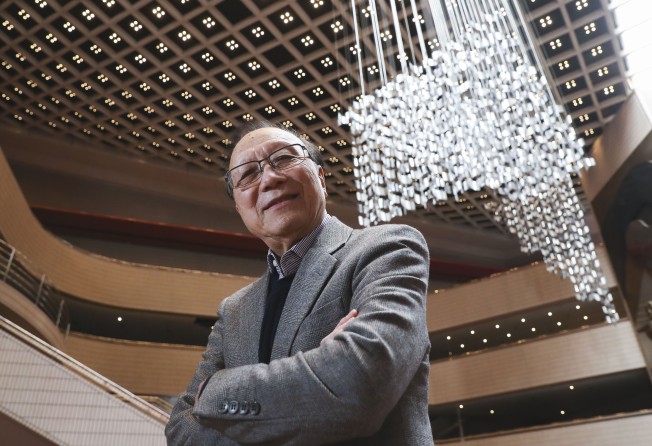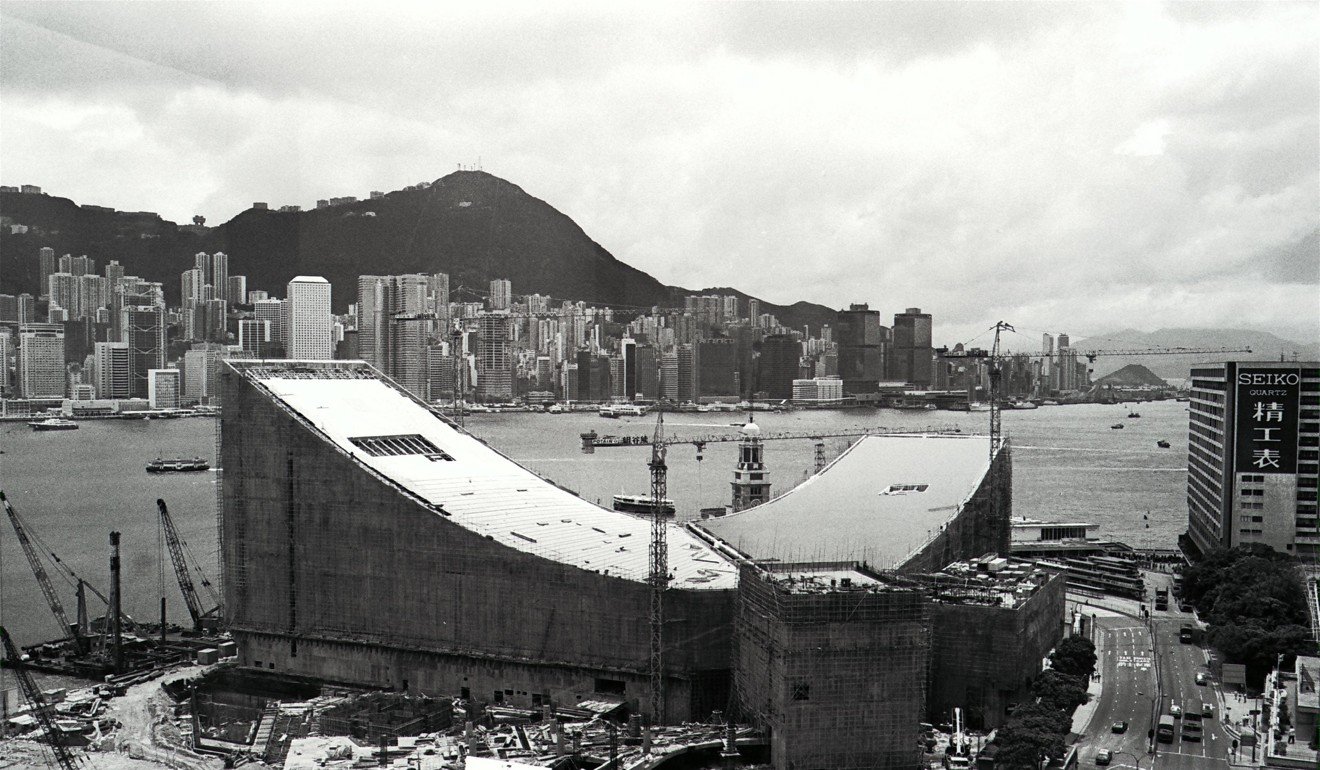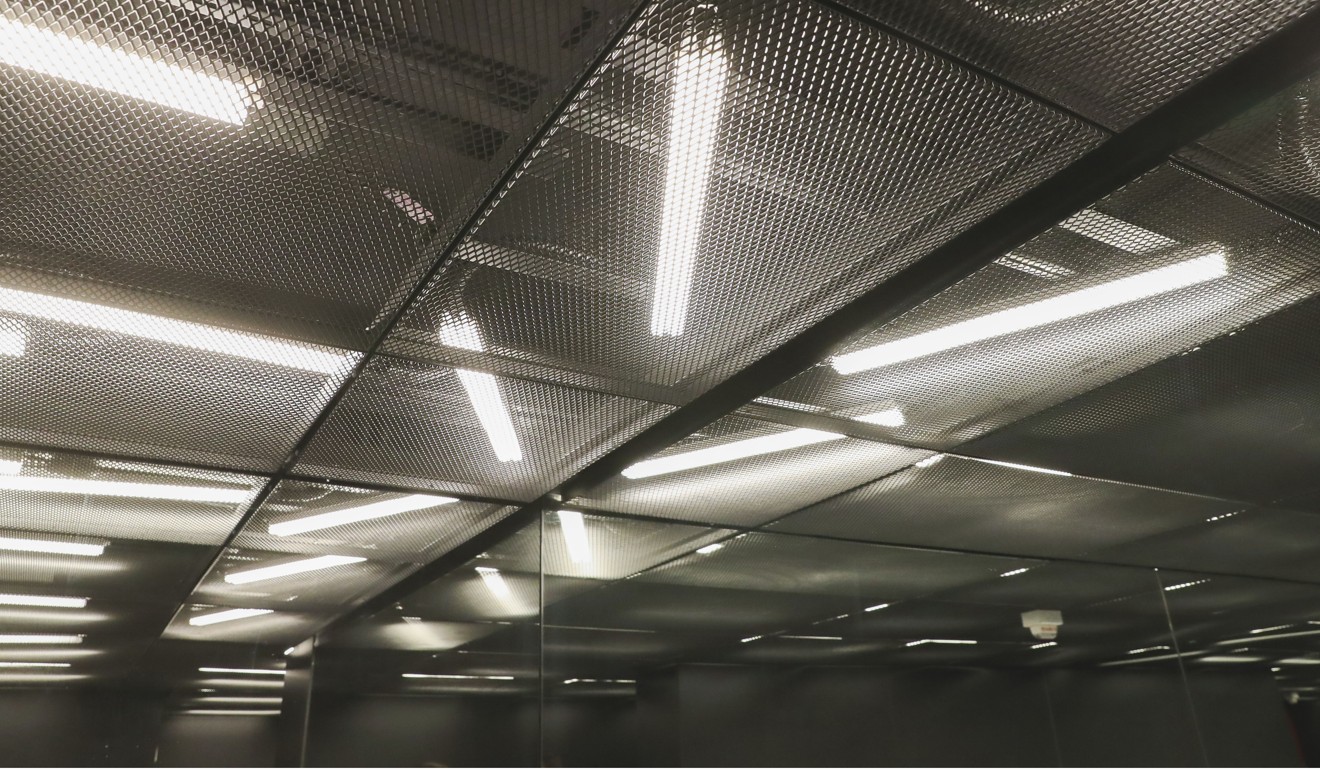
Harbour view at Hong Kong Cultural Centre ‘impractical’ says building’s engineer
Tom Ho says he was aware of criticism of windowless design but felt there was not much to be done about it

Renovating the Hong Kong Cultural Centre to turn its windowless facade into a panoramic harbour view would be structurally impractical, its engineer has said.
Tom Ho Tong-yam, a London-based structural engineer who won the contract to build the roof of the Cultural Centre in 1979, came to the defence of the decade-long project that has drawn public mockery and criticism of it as the city’s “biggest eyesore” and its “toilet-coloured tiles”.
“It was a major cultural investment for Hong Kong at the time, and I think it was worth it,” the 85-year-old veteran said in an interview with the Post just after the Cultural Centre puts the finishing touches on its first major renovation since its inception.

“I was responsible for building the roof for the concert hall, the grand theatre and the foyer, executing a design by Jose Lei, the chief architect. You need to ask him about the windowless design,” Ho said.
Ho, who returned to Hong Kong in 1976 after almost two decades in Britain with a master’s degree from the University of Manchester, recalled teaming up with a British counterpart to form Ho-Happold – one of the four bidders for the job – and won due to novelty in their “cable net” concept.
“The Cultural Centre was the first in Hong Kong – and Asia – to use the cable net suspended roof, first used for a large structure at the 1972 Munich Olympics,” he said.
Net became a key concept Ho applied to subsequent projects including the Academy for Performing Arts, the Bank of China headquarters, Ocean Park and Hong Kong Park.
Ho’s most recent work was the long “wave-shape” ceiling of the immigration hall at the future Hong Kong-Zhuhai-Macau bridge due to open next year.
But the Cultural Centre remains special to him.
“The Cultural Centre project got me back to my hometown,” said Ho, who was born in Hong Kong in 1932 but lived in the UK since 1957.
“I was satisfied when the centre was completed after eight years of work and it stands at a spot that is conspicuous to all, much more so than the West Kowloon Cultural District,” he said.
He was aware of the criticism of the windowless design but felt there was not much to be done about it.
“Inside the sealed wall facing the harbour was the grand theatre, and you can’t make that transparent, can you?” he said, during an on-site inspection last week.

Ho added that the only part of the building that could be changed to have floor-to-ceiling windows without harming the structure are the second and third floors. “But those areas are only open to concert audiences [who have paid for tickets],” he said.
Instead, the open space next to the complex on the waterfront – is where the harbour view was best enjoyed – should be put into better use, Ho said, suggesting deli and wine facilities.
The West Kowloon hub is among the few major constructions in Hong Kong Ho has not been involved in. The building culture, he said, has become quite different.
“In the past, once the government made a decision, it would go ahead. But now there are more regulations and procedures that we, as consultant engineers, have no choice but to comply,” he said.

The new chandelier of the Cultural Centre, which he was involved in, was a case in point.
“An officer at the Architectural Services Department demanded proof of a weight issue that was quite superfluous. So we gave up and returned to the original plan,” he said.
Voices of the society, too, were different from the colonial past and Ho hoped the “right kind of democracy” would emerge.
“We have become sort of more democratic with public opinion taken into account,” he said.
“Taking the wrong path will lead to failure, and I hope the present situation is just a passing phase.”

Despite all the ups and downs with the West Kowloon hub, Ho believed the project was a must for Hong Kong.
“How can an international city go without a new facility for 30 years? West Kowloon would save Hong Kong from falling behind,” he said.
“But the key lies in how the government takes the lead in developing the hub while at the same time addresses critical problems such as housing for the restless public.”